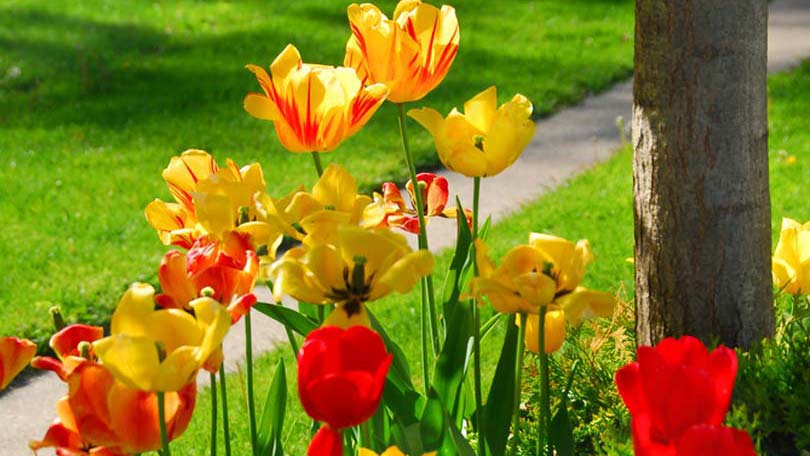
The soil is a major consideration in the health and success of your garden. If you will be planting a garden, you will want to have the soil tested. A common problem in home gardens is acidic soil. Most plants thrive best when the soil is in the neutral range. Soil should be tested prior to planting a garden to determine the pH of the soil. If needed, the acidity of the soil can be adjusted. You will also be able to choose plants that will thrive in your soil. This will result in a healthier garden.
Testing pH
The condition of your plants will give you an indication of the condition of your soil. If your plants are limp and the leaves are yellowing, this could be an indication of acidic soil. When the pH of the soil is too low, or too high, the plant is unable to get the needed nutrients from the soil. You can correct this by adding lime to increase the pH of the soil and adding organic material, such as compost, to nourish the plants.
If you suspect a problem with the pH of your soil, you can test it. Home pH test kits can be found and purchased online or in garden supply stores. There are a variety of test kits on the market that will give you results in a short period of time. In most cases, you will want the pH of your garden to be fairly neutral. If the results of the test are below 7, the soil is acidic. If the results are above 7, the soil is alkaline.
Once you know the pH of the soil, you can begin to adjust it. If the soil is acidic, you can slowly begin to raise the pH to the neutral range. If the soil is alkaline, you will want to gradually lower the pH to reach neutral, since most plants thrive in neutral soil. The process of adjusting the soil’s pH does not happen overnight, but often takes a period of several months.
Altering pH
The process and time it will take to alter the pH will depend on the level of acidity in the soil. For soil that is very low on the pH scale, the process can take up to a year or more. It’s important to realize that this is a long term project and won’t happen in a week or even a month. Soil that is just slightly acidic will take less time and work to adjust. For this reason, it’s a good idea to test your soil once each year. You will be able to correct problems with pH faster.
If you have acidic soil in your garden, you can raise the pH by adding lime. The amount you will need to add depends on the results of the pH test and the type of soil. Less lime is needed in sandy soil than in soil that contains clay. About four ounces per square yard is a good place to start for sandy soil. For clay, you may want to use twelve ounces per square yard. Don’t add too much in the beginning. Use no more than five pounds for each one hundred square feet of soil.
If the soil in your garden is alkaline, you will want to lower the pH. This can be done by adding sulfur. Again, the soil and pH test results will influence how much sulfur should be used at a time. In general, it is easier to adjust alkalinity than acidity. Start off by adding about two pounds per one hundred square feet if the soil is only slightly acidic. More will be needed if the soil is very alkaline. Compost is a good, natural way to lower the pH of soil in home gardens.
Adjusting the pH in your garden is not always the answer. It is pointless to try to work against the natural conditions of your soil. When planning your garden, choose plants that work best in the type of soil you have in your garden. If you have acidic soil, select acid loving plants. A plant that prefers an environment closer to alkaline won’t thrive in soil that is acidic.
The same is true for soil that is alkaline. Adjust the pH to get it as close to neutral as possible, but realize it may always be slightly to the alkaline side of the scale. Choose plants that thrive in this environment. When you work with the soil, your garden will thrive and you will enjoy your garden with less frustration.
